|


Corporal John T. Griffin
Distinguished Member of Regiment
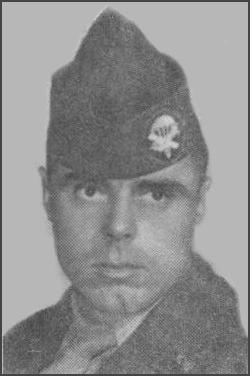
was killed in action in heavy fighting two days after the Munsan-ni combat jump. March 25th, 1951, the day he died, was Easter Sunday that year. The whole combat team suffered heavy casualties but they completed their mission and devastated the enemy.
187th Airborne Regimental Combat Team
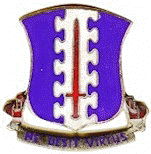
"The Rakkasans"

Jump School Certificate - Issued July 12, 1948
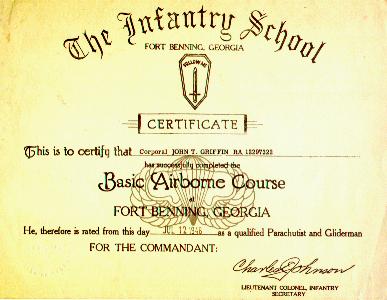

PARATROOPERS BATTLE REDS
From: THE PALLADIUM TIMES
Oswego, New York, Friday, March 23, 1951
3,300 Chutists Outnumbered by 20,000 of Enemy
Jumpers Bolstered By Tough Rangers Land Behind Communist Lines North Of Seoul; Chinese And North Koreans Try To Wipe Out Allies, Aided By Armored Column And Infantrymen
Tokyo (AP) American paratroopers bolstered by tough rangers jumped today behind Communist lines north of Seoul and shocked some 20,000 Red troops into hasty flight.
The paratroopers filled the sky with their brightly-hued parachutes like a massive Easter bouquet.
But the Communists rallied later and were fighting desperately to surround and wipe out the 3,300 outnumbered American jumpers.
An armored column spearheading a fresh allied drive by three divisions north of Seoul linked up with the paratroops near the drop area south of Munsan.
Lines of infantrymen trudged up the road for miles behind, moving to the aid of the hardfighting chutists.
A second column rolled through the road center of Uijongbu and fanned out to the east, north and west.
But the Reds west of Uijongbu, late Friday, were pouring heavy artillery and mortor fire into the allied positions.
Munsan is 21 miles northwest of Seoul and only nine miles south of Red Korea. Uijongbu is 11 miles north of Seoul.
Lt. Gen. Matthew B. Ridgway landed in a light plane only 29 minutes after the first paratrooper jumped. A field dispatch said he was in the thick of one firefight.
In Central Korea, an American armored patrol pushed within two and one-quarter miles of Parallel 38 north of Chunchon without opposition.
The air assault was made behind 15,000 to 20,000 Communist troops, possibly the rear guard of a 60,000 man force reported earlier in the area.
145 Cargo Planes
Allied armor speeding north from Seoul in a new three-division offensive linked up with the chutists a few hours after the mass jump from 145 combat cargo planes.
The airborne assault was completed in one hour.
AP correspondent John Randolph, who watched the landing from an accompanying plane, said the vari-hued chutes wafted down "swinging in the air like giant floating flowers of many colors."
Ammunition cases, jeeps and artillery swing like pendulums as they chuted down.
"It would be beautiful-really beautiful-if it weren't so terrible," said Lt. Col. T.A. Edward of Tulsa, Okla., a U.S. Eighth Army intelligence officer.
The paratroopers met no opposition in the first minutes after landing.
They slipped out of their chutes and ran into skirmish order standing up - something men never do when bullets are flying.
But as they pushed out from the tight drop area, they ran into opposition from small, scattered groups of Reds.
Some of the Reds put up a stiff fight.
The airborne infantrymen knocked these out with their artillery and some fighter plane support.
Communist troops apparently were all around the paratroopers. An Eighth Army staff officer in the parachute force said there was continuous fire on the boundry of the drop area.
Ridgway said the operation was aimed "to kill the enemy."
Brig. Gen. Frank S. Bowen, Jr. told his paratroopers:
"I wish you all a happy landing. I'll see you on the ground." He cautioned officers: "Make the men dig in...get buttoned up in those goose eggs (the drop zone)."
The 187th airborne regimental combat team-bolstered by tough, wiry rangers specially trained for behind-the-lines fighting - hit the Korean dirt near Munsan, nine miles south of Parallel 38 and 21 miles northwest of Seoul.
A field dispatch said the operation "looked like sweet peas suddenly blooming in the spring. Parachutes blossomed into red, blue, yellow and gray flowers that drifted down to the fields and rice paddies."
Ridgway, a paratrooper himself, landed among the troops in a light observation plane 29 minutes after the first chutist "hit the silk."
The paratroopers quickly cut the Red supply road running south from Kaesong, two miles south of the border.
No Appreciable Losses
Ridgway said the air troopers " landed with no appreciable losses, and are now proceeding to secure their objectives."
The only mishap was the explosion of a C-119 flying boxcar cargo plane in the air after it delivered its paratroopers.
AP correspondents Tom Stone and John Randolph, who witnessed the airdrop from accompanying planes, said there was no apparent contact with enemy ground troops by the paratroopers at the initial landing. A major said:
"Seems to me theres no sweat. It looks like a good show."
The flying boxcars met no anti-aircraft fire. No enemy planes rose to try to break up the surprise allied move.
United Natons warplanes blistered Red-held hills just ahead of the paratroopers.
The drop began at 9 a.m. and was completed in an hour.
The paratroopers landed in an area less than a mile long. They were within Red positions described by intelligence as 15 miles deep.
It was the second airborne landing of the war. The first, on a smaller scale, was in North Korea,
northwest of the Red capital of Pyongyang, last Oct. 20 and 21.
AP correspondent Jim Becker reported after a flight over the new battleground that Red foxholes and entrenchments were empty.
"They sure were not yesterday" his pilot told him. "I can't understand it."
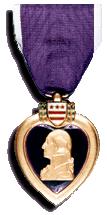

OFFICIAL UNITED STATES AIR FORCE PHOTO(ASHIYA AIR FORCE BASE)

Paratroopers of the 187th Airborne Regimental Combat Team stream out of C-119 "Flying Boxcars" in the low level first wave assault at Munsan-ni, Korea, 23 March 1951 (Good Friday).

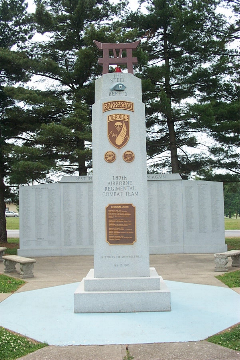
 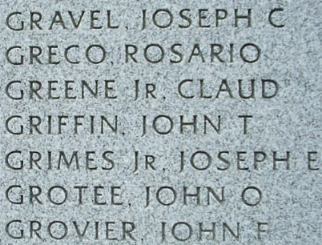
Ft. Campbell photos by Atomic Vet/Paratrooper John DeBusK. Thanks, John!




Remember, America, they do this for YOU!
Paratroopers of the 50's presents a poem about the Munsan-ni combat jump by P. Griffin.

Patches and crest of the Troopers who wear the "STEEL BERET!"
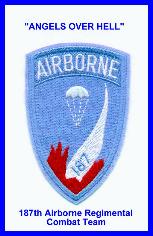 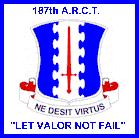 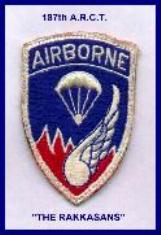

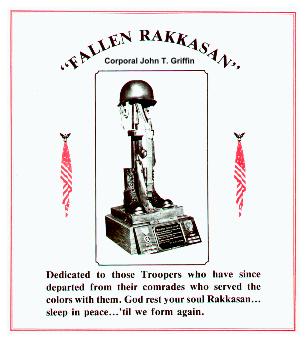
From: THE RAKKASAN SHIMBUN the official magazine of the 187th Airborne Regimental Combat Team Association, Inc.
WW II * KOREA * VIETNAM * LEBANON * PERSIAN GULF
The Rakkasans! Of Airborne Regiments -- The Right of The Line!

SOMEWHERE IN KOREA
by Mrs. Evelyn H. Humez
Somewhere in Korea
Where the snow is like a curse,
And each day is followed closely
By another slightly worse;
Where the cold, ice and snow
Is thicker than desert sand-
And a Yankee's wishful thinking
Is for a greener, fairer land.
Somewhere in Korea
Where a woman's never seen;
Where the sky is always cloudy
And the grass is never green.
Where the ever present enemy
Robs a man of blessed sleep.
Where there isn't any whiskey
And the beer is never cheap.
Somewhere in Korea
Where no nights are made for love;
Where the moon, like a spotlight
On the Northern line above
Sparles like a diamond necklace
On the throat of an artic night.
It's a shameful waste of beauty,
For there's no girl in sight.
Somewhere in Korea
Where the postman comes so late
That a Christmas card in April
Is considered up to date.
Where we never have a pay-day
So of course never have a cent.
But we do not miss the money.
Cause we couldn't get it spent.
Somewhere in Korea
Where the Devil and Death both play.
Where a thousand "Reds" gather
To replace each one you stay.
Take me back to Syracuse
And forever let me dwell.
For this God-forsaken country
Is a substitute for Hell.
KOREAN WAR VETERANS - YOU WILL NEVER BE FORGOTTEN! THANK YOU!


Memorial by Jules of JULES PATRIOTIC PAGES, Much love, dear friend!

Atomic Explosion--Front Line View
Troops of the 11th Airborne Division from Fort Campbell, Ky., yesterday were the first to participate in a test of an atomic bomb. They withdrew six miles from the target before the test and lay prone with their heads away from the explosion until several seconds later. Here they are shown after the cloud from the deadly weapon has had time to form and they have had time to turn around and look.
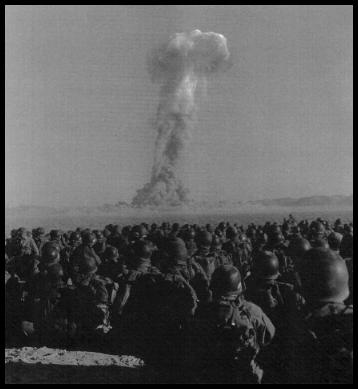
Troops Participate in Test of Atomic Bomb
Fourth Blast in Current Nevada Trials
From: The San Francisco ChronicleSan Francisco, California, Friday, November 2, 1951
LAS VEGAS, Nov. 1 (AP) - U.S. troops were exposed today to an atomic blast for the first time and came off without casualties and having gained knowledge which may prove "greater than anticipated."
Exercise Desert Rock, history's initial tactical test of an A-weapon, started with the dropping of a large bomb by a B-29 flying at 10,000 feet. The bomb burst at 7:30 a.m. at less than 1,000 feet above the Yucca Flat test site. The blast broke seven store windows in Las Vegas, 75 miles away.
It was the fourth and loudest explosion in the Atomic Energy Commission's present series, but it was not as impressive visually as the third blast Tuesday. This may have been due to brighter sunlight (a half hour later) and high winds which broke up the clouds faster.
But the GI's were shaken in their observation posts six to ten miles from the burst. And in North Hollywood, Calif., 225 miles from the scene, residents phoned police to report an earthquake.
To Las Vegans, it was the first blast of the fall series to equal the strongest shocks of the five explosions last winter.
There were no injuries reported to either service men at the test site, or civilians in Las Vegas or other nearby communities.
More than 1,000 paratroopers and infantrymen - most of them attached to the 11th Airborne Division, Fort Campbell, Ky. - were in the so called front lines for the single day maneuvers.
Communications were set up on the front lines before the soldiers withdrew to a safe distance at least six miles away. There they were instructed to lie prone, with their heads pointing away from the blast. They were told not to look at the fireball for at least three seconds.
Major General William B. Kean of the Third Corps, commanding the exercise commented:
"The first step toward military tactical employment of the nuclear weapon was most successful. It has every indication of producing effective results which will, when evaluated, be greater than anticipated."
It was understood that the front line troops and atomic scientists were to re-examine trenches and foxholes dug on the flat.
They were also scheduled to help in the evaluation of radiation effect on various pieces of equipment, such as tanks, artillery and smaller weapons and items of clothing.
Four thousand other soldiers participated as service troops, using Camp Desert Rock as a base.
TEST OF RADIATION
There was little doubt to most observers - including the 2,000 official gazers near the site - that today's experiment was primarily a radiation-effects test. No new small weapons were used, as had been conjectured in many places.
The device employed appeared to be more in the conventional mold of the original A-bomb.
To witnesses on Mount Charleston, 50 miles away, the ball of fire lasted about three and one half seconds. The nuclear cloud, with its swirling gray and brown base, compounded of dust from the desert floor, rose quickly into a purple mushroom, which turned white in two minutes and separated completely from the column in four minutes.
Less than five minutes after the flash, two rumbles loud as thunder were heard. Two accompanying concussions equal to a mild earthquake stirred the 8,000-foot ledge on the mountain. A third echoing rumble rolled around the hills on either side.
CLOUDS FOLLOWED
High winds, ranging up to 75 miles an hour, quickly sent the huge white ball, similiar to Tuesday's cotton candy-like cloud, drifting southward past Las Vegas at 40,000 feet within an hour. The AEC reported it passed well south of Boulder City, Nev., and northwest of Needles. The main cloud was followed by a smaller dust cloud moving more slowly between 12,000 and 17,000 feet and dispersing rapidly over Las Vegas about an hour and 45 minutes after the blast.
The AEC's radiological safety unit reported: "Measurable radiation above normal background level has been detected by very sensitive instruments along the ground path of the cloud, including Indian Springs and Las Vegas. The amounts measured are of no significance and are far below levels considered harmful in any way to humans, animals crops or water supplies. The radiation detected today is in line with that of previous tests in both the current program and that of last winter."
Top military observers included General Mark Clark, Chief of the Army Field Forces, Fort Monroe, Va., and Major General Joseph M. Swing, Commandant of the Sixth Army, San Francisco.


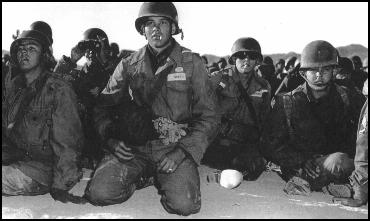 From: LIFE magazine - November 12, 1951
From: LIFE magazine - November 12, 1951
MEMBERS OF THE 11TH AIRBORNE DIVISION STARE AS BOMB CLOUD SURGES UPWARD. THEY WERE TOLD TO SIT SO BLAST WOULD NOT KNOCK THEM DOWN.

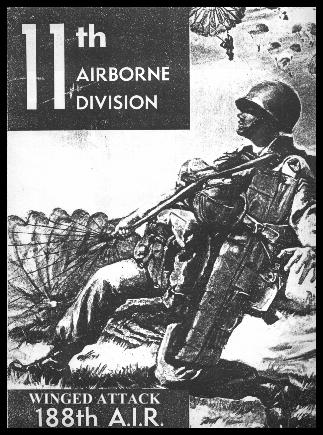

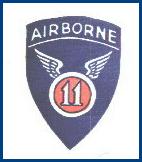

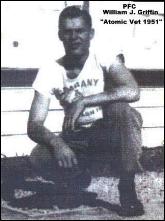

PFC William J. Griffin, Jr.
Co. A, 1/188th Parachute Infantry Regiment
11th Airborne Division (1951)
The atomic tests conducted at Camp Desert Rock in October/November, 1951, were dubbed "Operation Buster/Jangle". There was a total of seven atomic blasts detonated during this exercise.
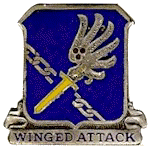
One of the major military elements that participated in these tests was the 188th P.I.R., 11th Airborne Division, of which my brother was a member. On October 31, 1951 my brother, John, was buried in Oswego, New York, our hometown. Because of the extreme combat conditions in Korea, this type of delay was not out of the ordinary. My brother, William, was not able to attend the funeral because of his requirement to particpate in these atomic tests.
"DIGNITY COMES FROM DESERVING HONORS, NOT FROM POSSESSING THEM" Aristotle.
(Its too late for my brother now, but - PLEASE consider calling your congressional representative to help the other "Atomic Veterans" get the "Nuclear Radiation Medal" they should have been awarded so long ago. Thank you!)

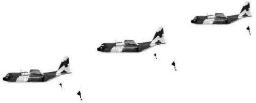
"PEACE THROUGH STRENGTH!"


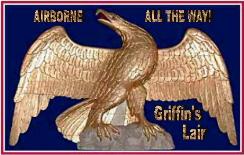
Airborne x 3 = ? click above graphic

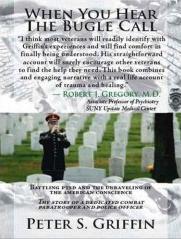
You can now order "When You Hear The Bugle Call" from Barnes&Noble.com by clicking above cover.

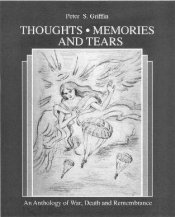
Please read THOUGHTS, MEMORIES AND TEARS customer reviews at AMAZON.COM by clicking the cover above. It might also be a great time to place an order. Thank you for your consideration. Sincerely, "Grif"


|
 It will take you a minute to land on each drop zone.
It will take you a minute to land on each drop zone. 